K.C.S.E Physics Q & A - MODEL 2019PP1QN14
(a) A student is provided with five 20g masses, a meter rule, a spring with a pointer, a stand a boss and a clamp.
(i) In the space provided, sketch a labelled diagram of the set up that may be used in order to verify Hooke’s law using these apparatus. (ii) State two measurements that should be recorded in order to plot a suitable graph so as to verify Hooke’s law. (iii) Describe how the measurements made in (ii) can be used to determine the spring constant.
(b) A helical spring stretches by 0.6cm when Supporting a weight of 40 g. Determine the extension when the same spring Supports a weight of 65 g.
0 Comments
K.C.S.E Physics Q & A - MODEL 2019PP1QN12
Figure 5 shows two springs C and D of the same length and equal number of turns made from the same wire.
State with a reason which of the two springs can support a heavier load before attaining the elastic limit.
answer
K.C.S.E Physics Q & A - MODEL 2018PP1QN12
Figure 8 shows the graph of extension against force for a certain helical spring.
On the same diagram sketch the graph of extension against force for a spring with a lower value of spring constant.
K.C.S.E Physics Q & A - MODEL 2017PP1QN15
(a) A student was provided with several identical masses, a metre rule, a spring and a stand,
boss and clamp. Outline five steps that the student should follow in order to verify Hooke’s law. (b) Figure 4 shows a graph that was drawn from the results obtained in an experiment to study the extension of a spring. From the graph determine;
|
CATEGORIES
Categories
All
Topics
FORM I - PHYSICS SYLLABUSFORM II - PHYSICS SYLLABUSTOPICS
FORM III - PHYSICS SYLLABUSFORM IV - PHYSICS SYLLABUSARCHIVES
RSS FEEDS
AUTHOR
M.A NyamotiMy passion is to see students pass using right methods and locally available resources. My emphasis is STEM courses
|
We Would Love to Have You Visit Soon! |
Hours24 HR Service
|
Telephone0728 450425
|
|
8-4-4 materialsLevels
Subjects
|
cbc materialsE.C.D.E
Lower Primary
Upper Primary
Lower Secondary
Upper Secondary
|
teacher support
Other Blogs
|

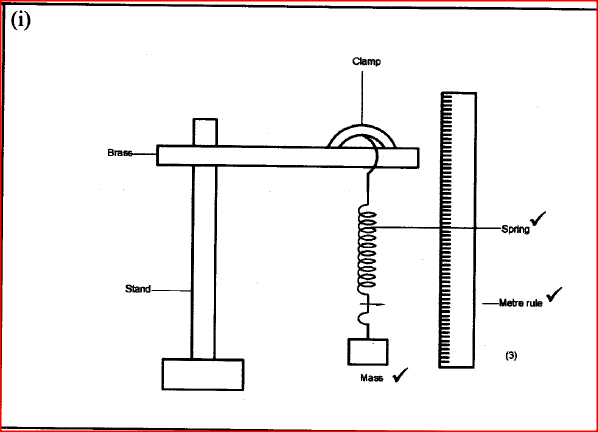
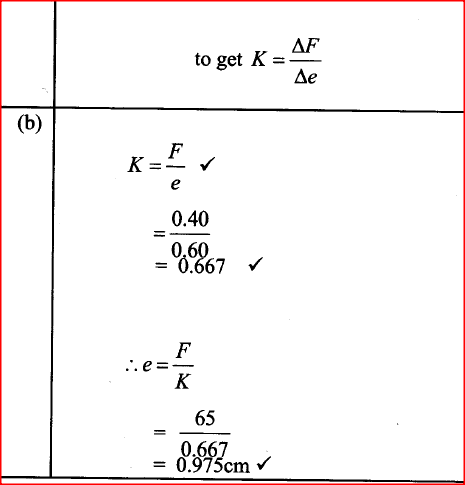
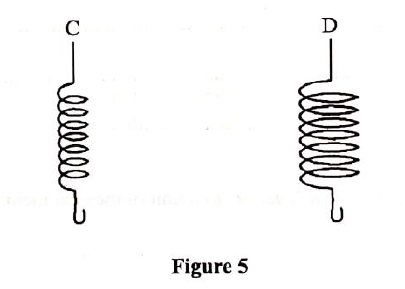
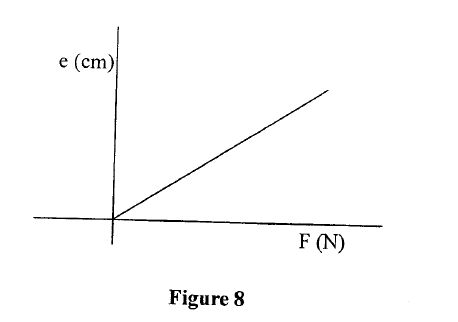
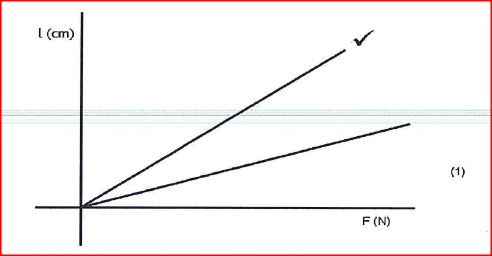
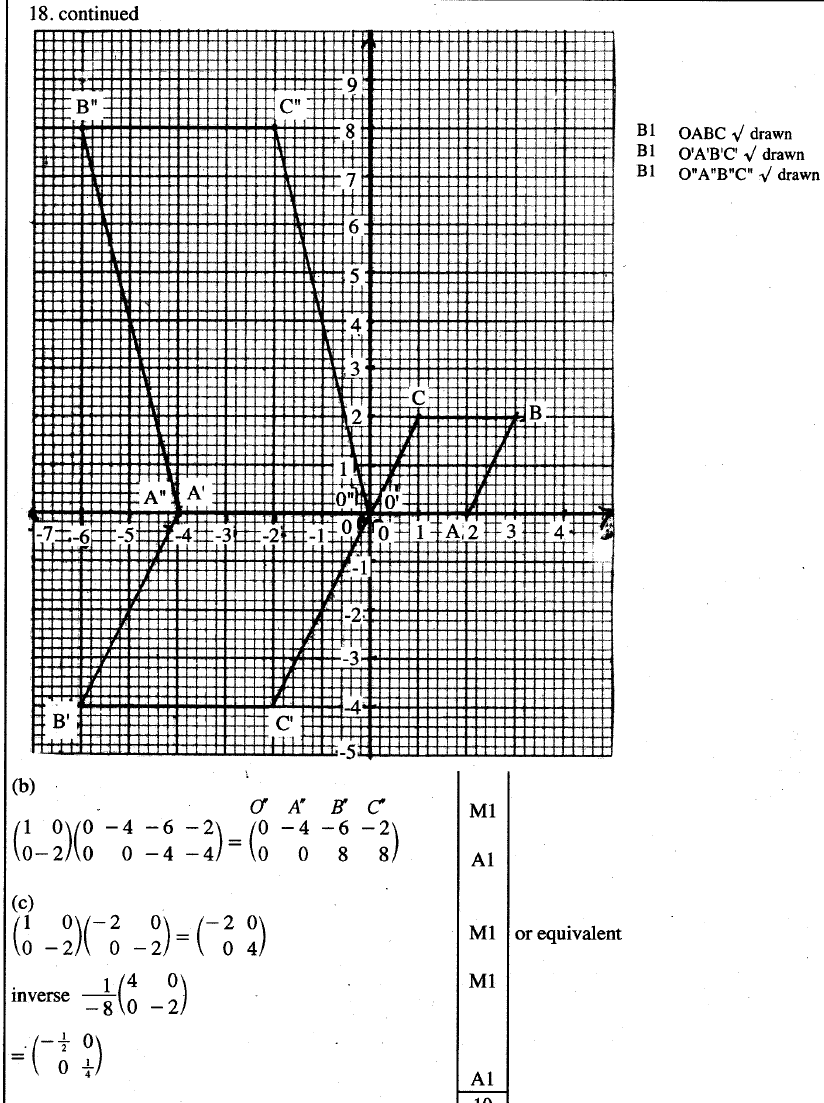
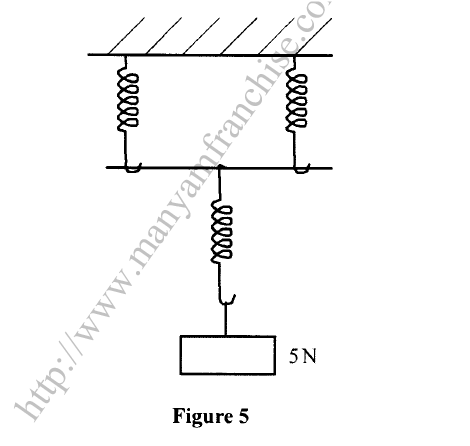

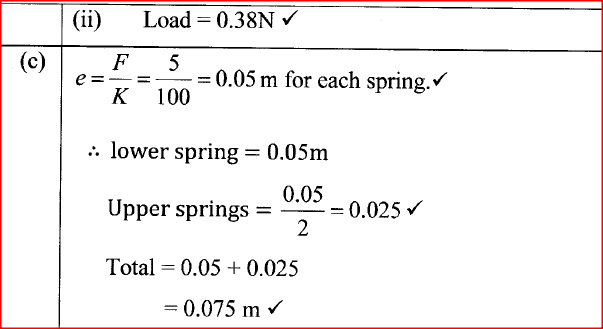



 RSS Feed
RSS Feed